Negative Versus Positive OR…
...Are These Two Opposites Part of the Same Whole?
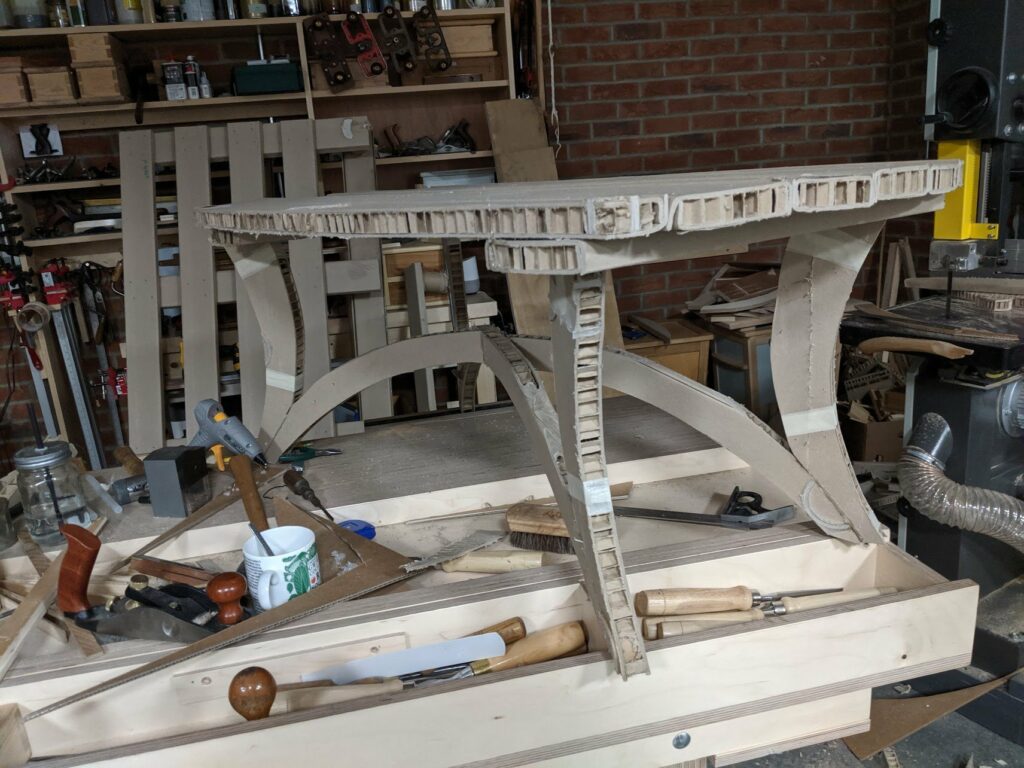
Negative space is not necessarily easily understood until you see the interplay and the impact they each play on the other. Then too interplay continues in and through the influence of other perhaps less seen components such as colour, colour intensity, light and texture coming from physical surfaces as well as light reflective surfaces – walls and cills, window panes, mirrors and such. These all have sway on the subject and the unsubject; the space devoid of content.
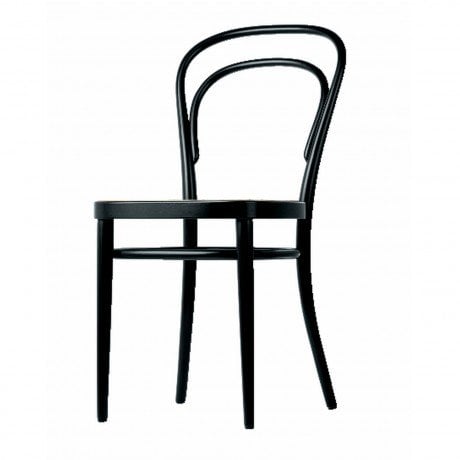
In my mind’s eye I am now able to envisage what I have yet to make in place and even in space with no walls, ceilings or floors, in the emptiness of space as an isolated piece in place or then with a cluster of adjacent pieces. Whether I have always had that ability I don’t altogether know, but it has been key to my conveying my ideas to others and of course my ability to drop my pencil point onto a blank sheet and outline my intent firstly for myself and then for others, customers, family and associates to see. This ability alone has meant that in fifty years of making for others I have never failed to get the work I was asked to estimate and design for. That includes designs for the White House Permanent Collection, President Bush and then other high fliers too. I do recall my first success with a literal sketch of an idea quite vividly. I was 25 when a customer could not see my idea as I explained it to her. “I cannot envisage at all what you are suggesting, Paul. Can you show me something?” The brown paper sack became my canvass and a table emerged to which she excitedly said, “Oh yes! My! That’s it, Paul. Exactly!
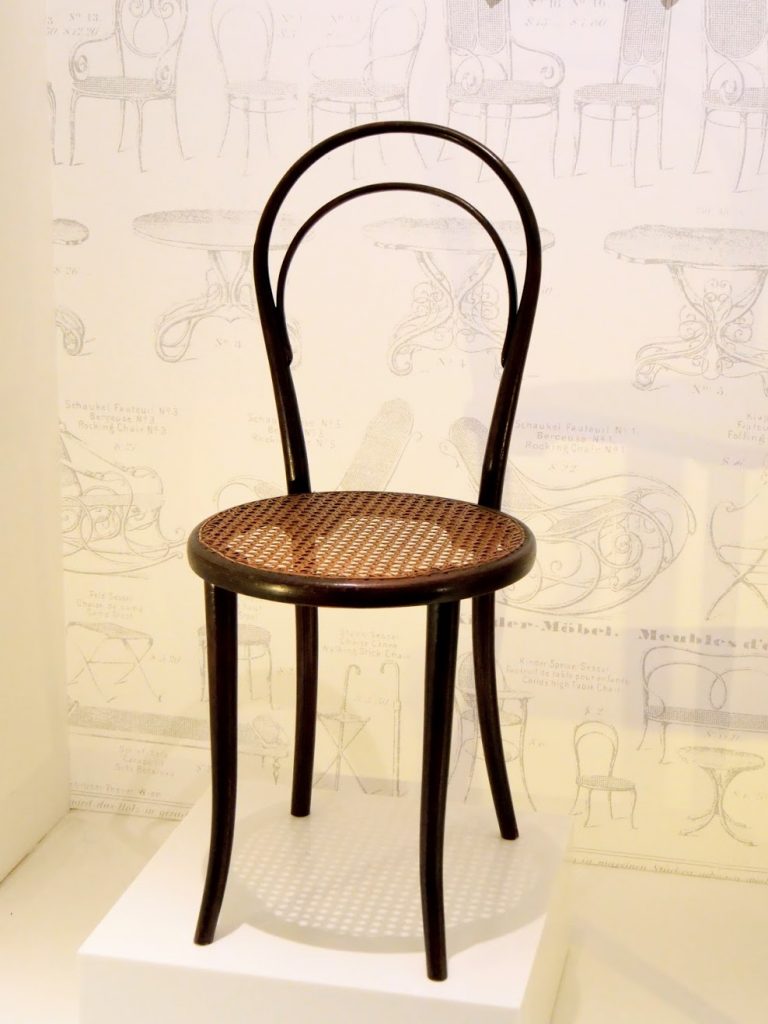
In preparing for the house furniture I’m building it’s necessary perhaps to state the obvious early on. Unless you are used to considering negative space you may not realise what you are dealing with. Let’s get some clay on the wheel here.
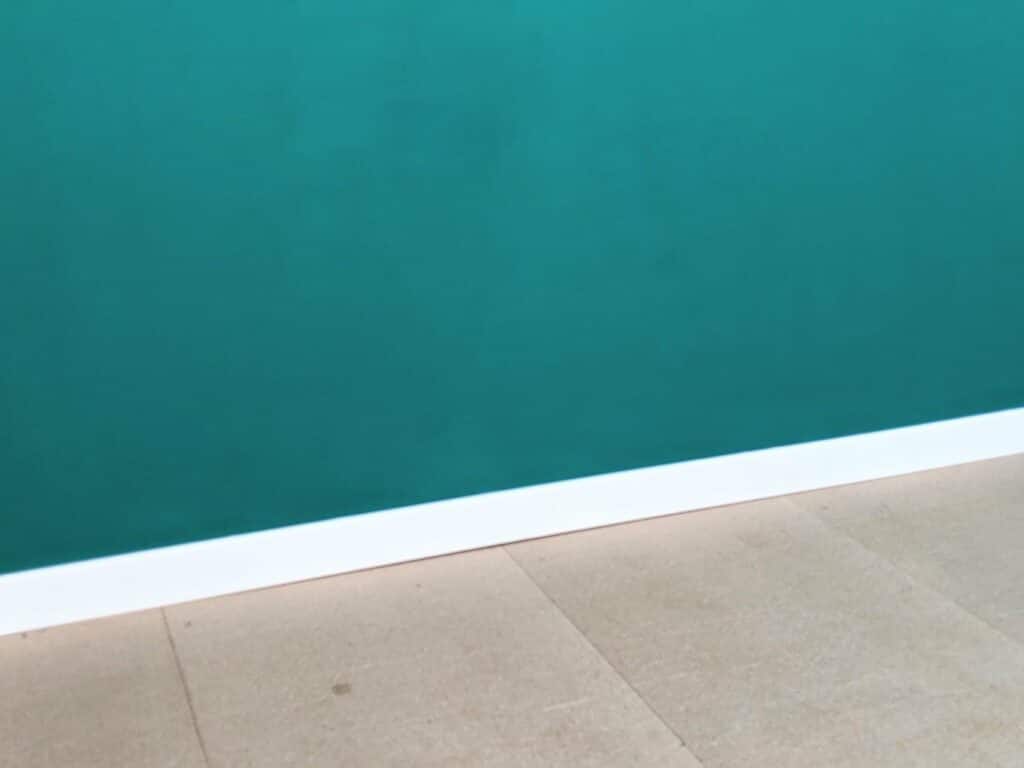
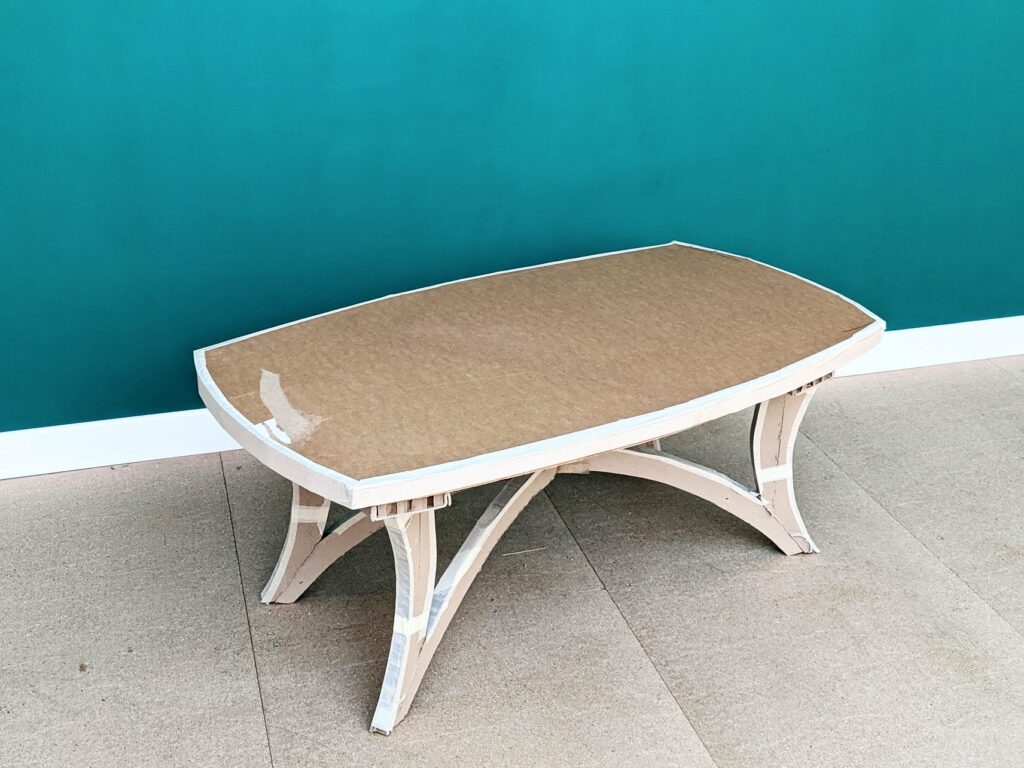
Negative space is both visual and physical. Visual in the sense that you both see and don’t see at the same time. I think it best to describe it by introducing the word contrast – contrastare – to stand against. This stand against is a firm and distinct opposition in similar sense of solid silhouette, positive, and nothingness, negative. But the silhouette doesn’t actually measure up to the 3D of positive and negative visuality because there is no depth in 2D. Looking into an empty room then shows the whole as a negative. Introduce a solid form and the contrasting ‘silhouette‘ stands to take up space with a positive occupation within negative space. As we progress our work we begin to transform the 2D silhouette from the sheet paper of a drawing into its next phase as the 3D element. Negative space then becomes any empty space between the object or objects and the piece and then too the open spaces between any of the component parts, rails and legs, tabletops and so on. Whereas we often see the positive space, the object, more obviously, the art of our design demands that we also see the negative space as much as possible and even in equal value. To do that we focus to train our eye to be aware of the negative space. By this we more ably see an overall shape that helps us see size, component and proportion.
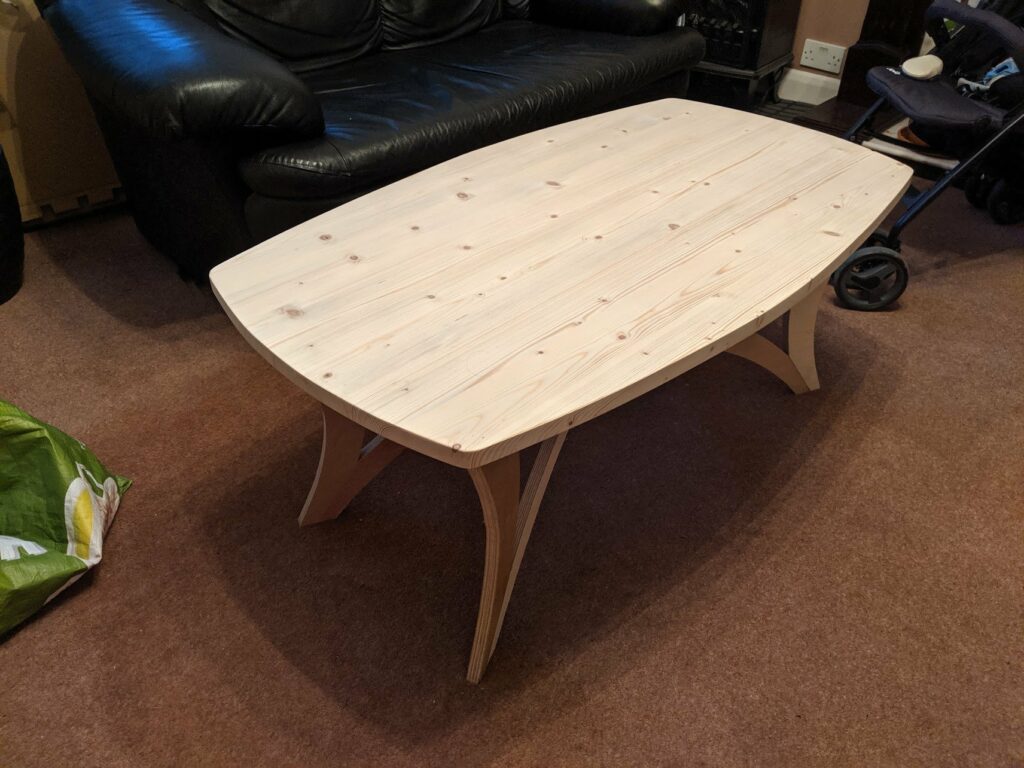
In the future work, filling each room with individual designs as new pieces, our main concern generally will be to reflect on what we make to occupy space between ceiling, floor and walls. We are working with a house but subdividing into blocks of space as rooms. This simplifies the quest because it reduces space to a manageable size that’s also usually dedicated in purpose; entertainment, cooking, eating, bathing and so on. This dedication simplifies the quest we are designing for, beds for bedrooms and dining tables and chairs for dining. In our moving things forward we feel the tingle of excitement because now we have a blank sheet to sketch out and engineer our future path of enjoyment.
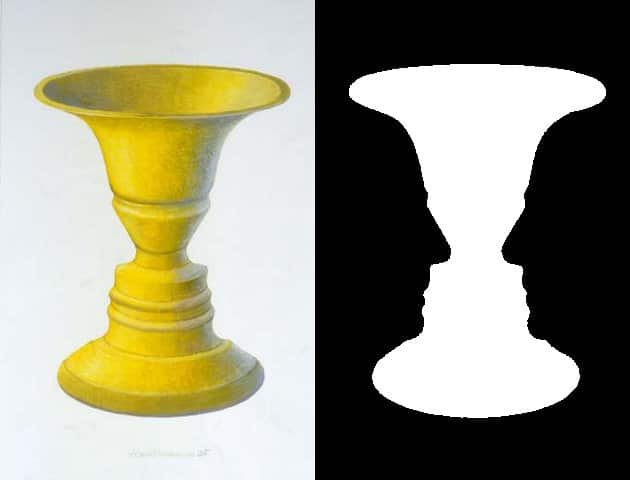
The significance of negative and positive space is important because how we see determines what we see. Are there two faces facing each other or is it a single chalice standing alone? The famous Rubin’s vase illustrates what the brain understands or translates what we see. If we see a vase and someone tells us it’s two faces we might stand our ground and say no.it’s a vase. If we are prepared to listen and perhaps trust the other person then we make ourselves stop to try and understand. When this happens something takes place to change our stance. Suddenly the noses become apparent and we see the outlines of two faces facing one another. Illusional or reality tends to make us feel uncomfortable but we must be open to seeing what’s not there to see what is.


That last sentence nails it! And in every aspect of our lives…
Thx again for filling in some of the negative space between my ears
I was listening to an architect speaking on the radio this noon: while building is for the artisans, solidity and stability is for the engineers, structuring space is what they are (primarily) educated for in architecture school.
But then you are left with empty (smaller) spaces or, much worse, with walls entirely covered with white, smooth and shinny built-ins making them ugly dead spaces.
well designed negative space was one of the reasons that the Swiss Helvetica font became so successful.
This is a great consideration to add to the Rational proportions approach to furniture design.
Negative space can be interpreted from the abstract, into solid form as a mould (mold U.S.). I find it interesting that CAD data for an object is easily 3D-printed as the object itself, as well as its mould. An industrialist recently informed me that, whilst 3-D printing is currently too slow for long-run rapid mass manufacture, it is excellent for making exactly-fitting jigs for holding complex bodies with varied curvatures during machining. I hope this may be of interest to some of your readers too.